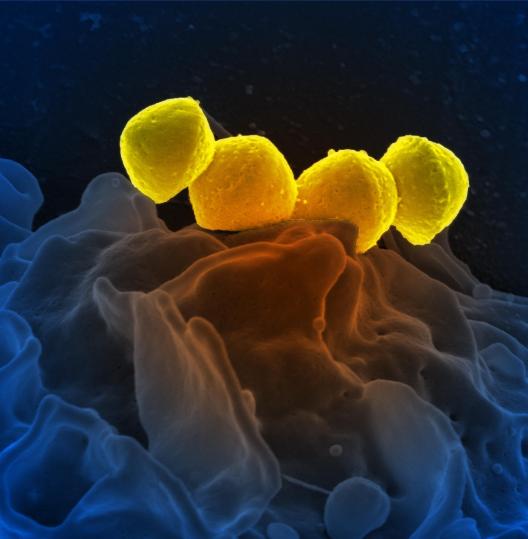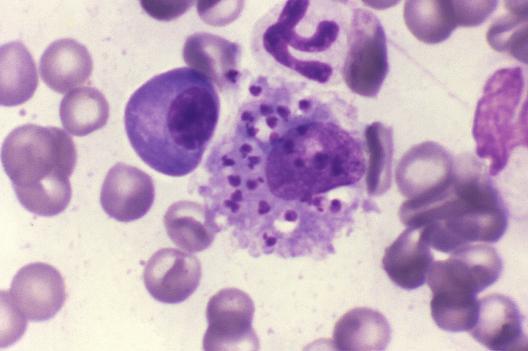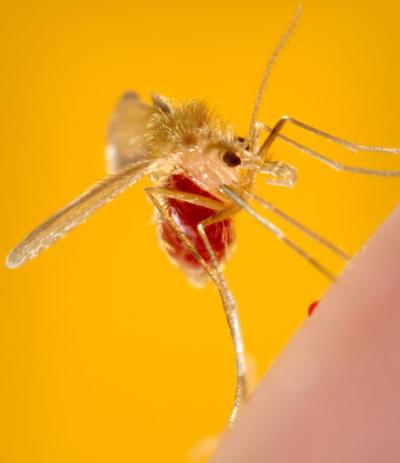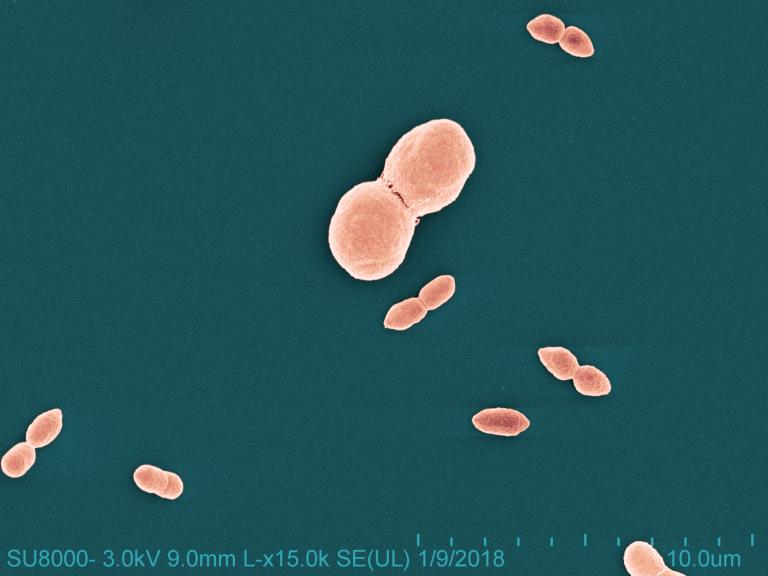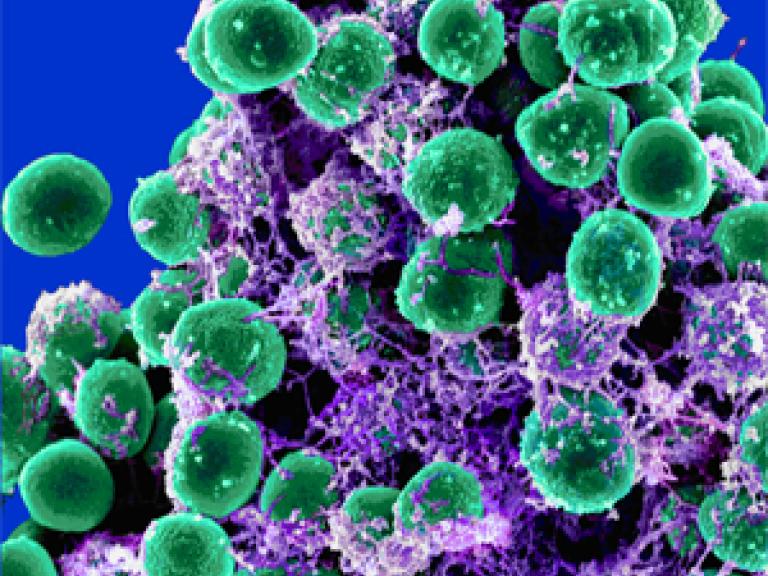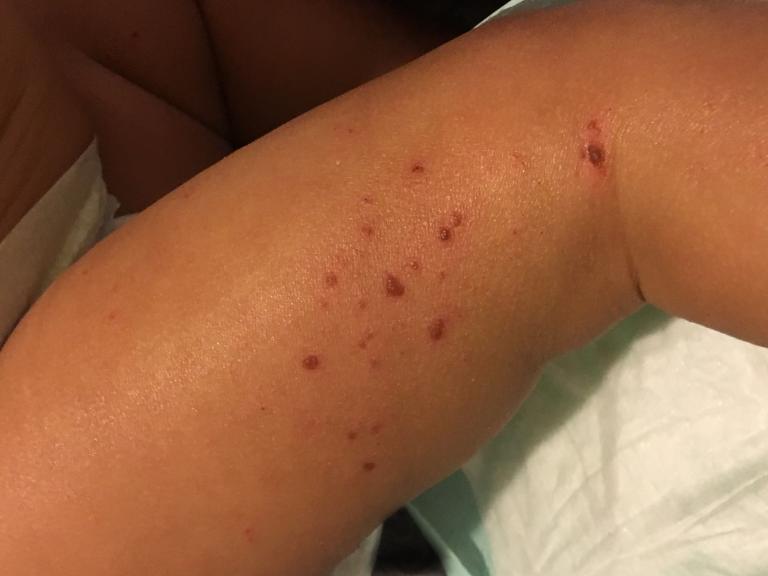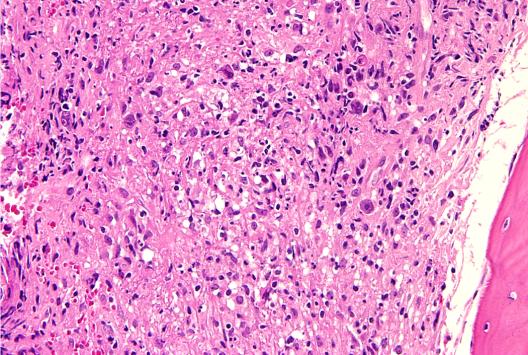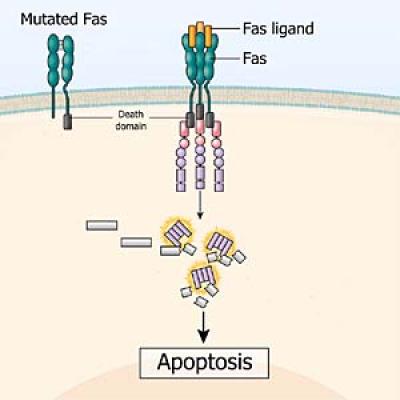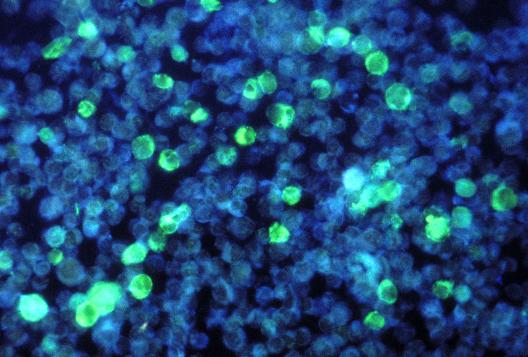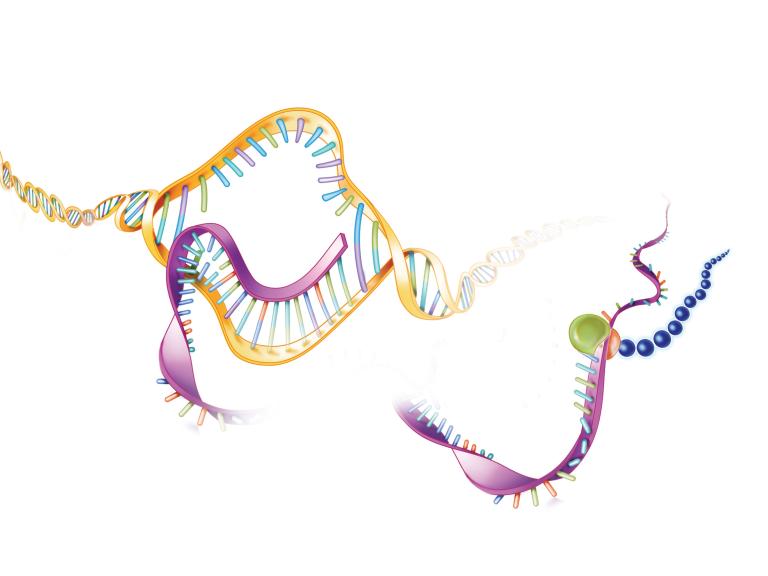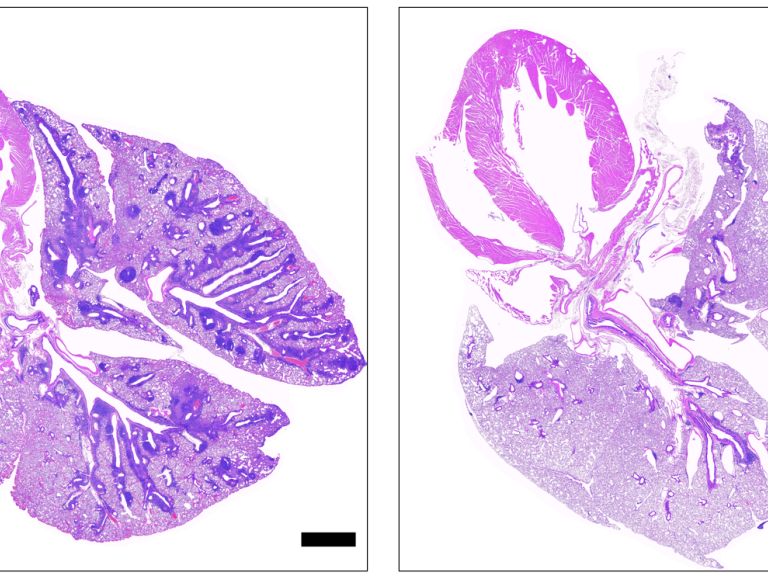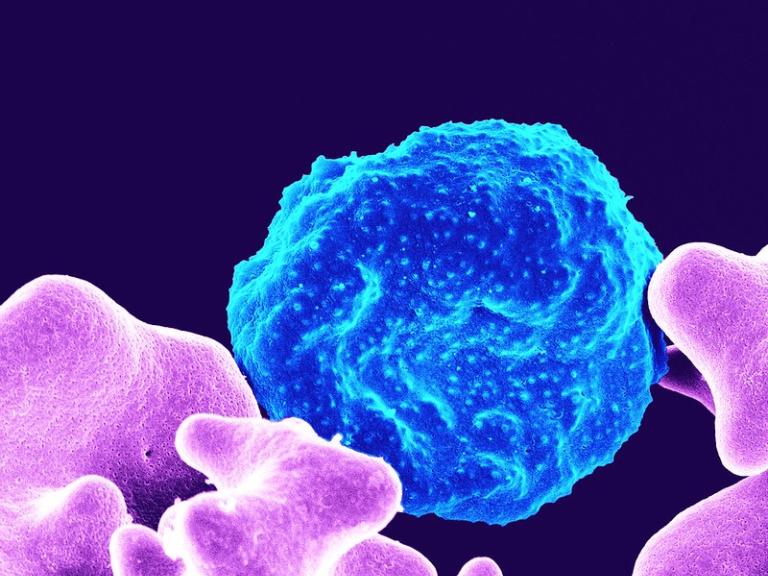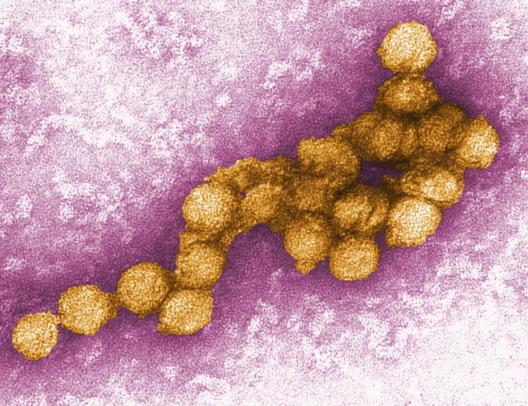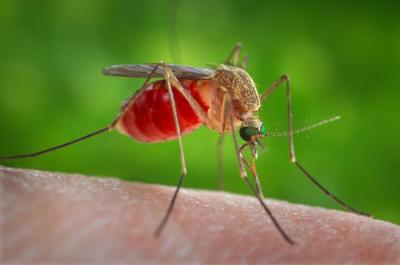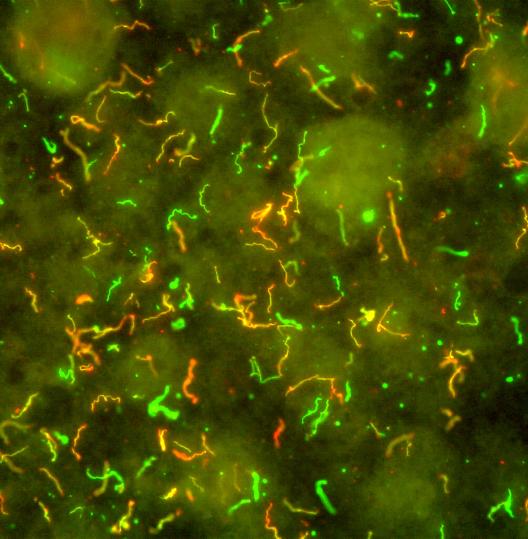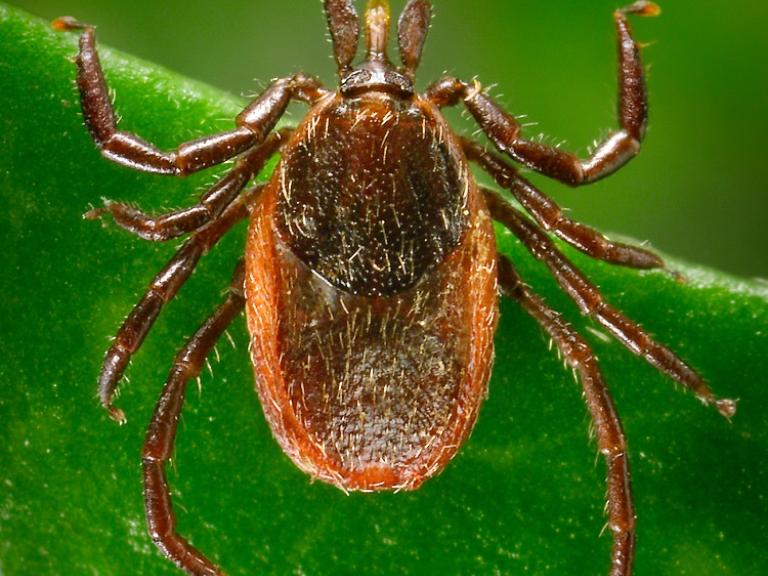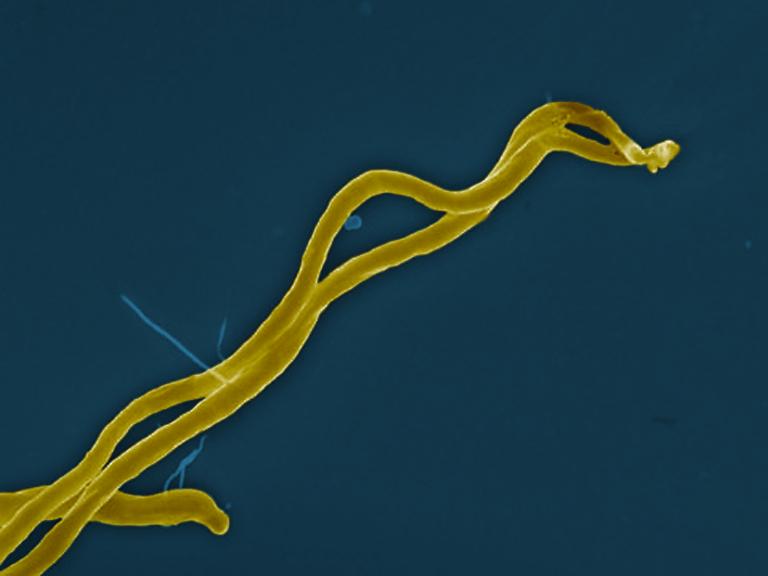Hepatitis is an inflammation of the liver. Viruses are the most common cause of hepatitis, but the condition can also be caused by other infections, heavy alcohol use, toxins, certain medications, and autoimmune disease. There are five main virus types that cause hepatitis---type A, B, C, D, and E. Hepatitis A and E are typically caused by ingesting contaminated food or water. Hepatitis B commonly occurs through contact with infected blood, semen or other bodily fluid through sex, sharing needles or other drug-injection equipment or from mother to baby at birth. Hepatitis C is a blood-borne virus that is largely spread by sharing needles or other drug injection equipment. Hepatitis D, which is transmitted through contact with infectious blood, occurs only among people with hepatitis B infection.
Hepatitis B, C, and D afflict more than half a billion people worldwide and are responsible for more than a million deaths a year. Chronic infection with these viruses can lead to cirrhosis of the liver, end-stage liver disease, and liver cancer.
Hepatitis Research
NIAID supports and conducts research on each of the five known hepatitis viruses—A, B, C, D, and E. During the past 60 years, NIAID-supported investigators have been involved in many important advances in hepatitis research, including:
- Discovery of the hepatitis A and E viruses
- Development of one of the first diagnostic tests for hepatitis A
- Studies that led to the creation of the hepatitis A vaccine
- Studies that laid the foundation for advanced development of a hepatitis E vaccine.
NIAID’s research program emphasizes the study of hepatitis B and C viruses due to the large magnitude of medical burdens that they impose. Studies focus on understanding the immune response to infection, the course of disease development, and developing new therapeutics and vaccines for these viruses.
Related Public Health and Government Information
To learn about risk factors for hepatitis and current prevention and treatment strategies visit the MedlinePlus hepatitis site.
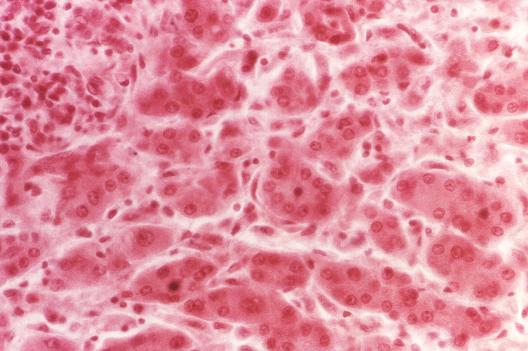
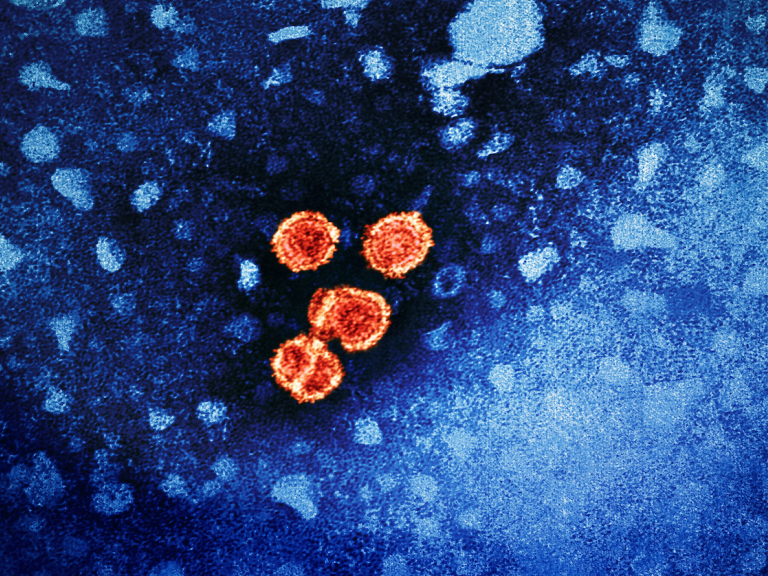
Strategic Plan for Trans-NIH Research to Cure Hepatitis B
Millions of people worldwide continue to become infected each year with the liver-attacking hepatitis B virus (HBV). Chronic HBV infection can lead to serious health issues, including cirrhosis, liver failure or liver cancer. The Strategic Plan for Trans-NIH Research to Cure Hepatitis B focuses on three key research areas with the goal of developing a cure.


